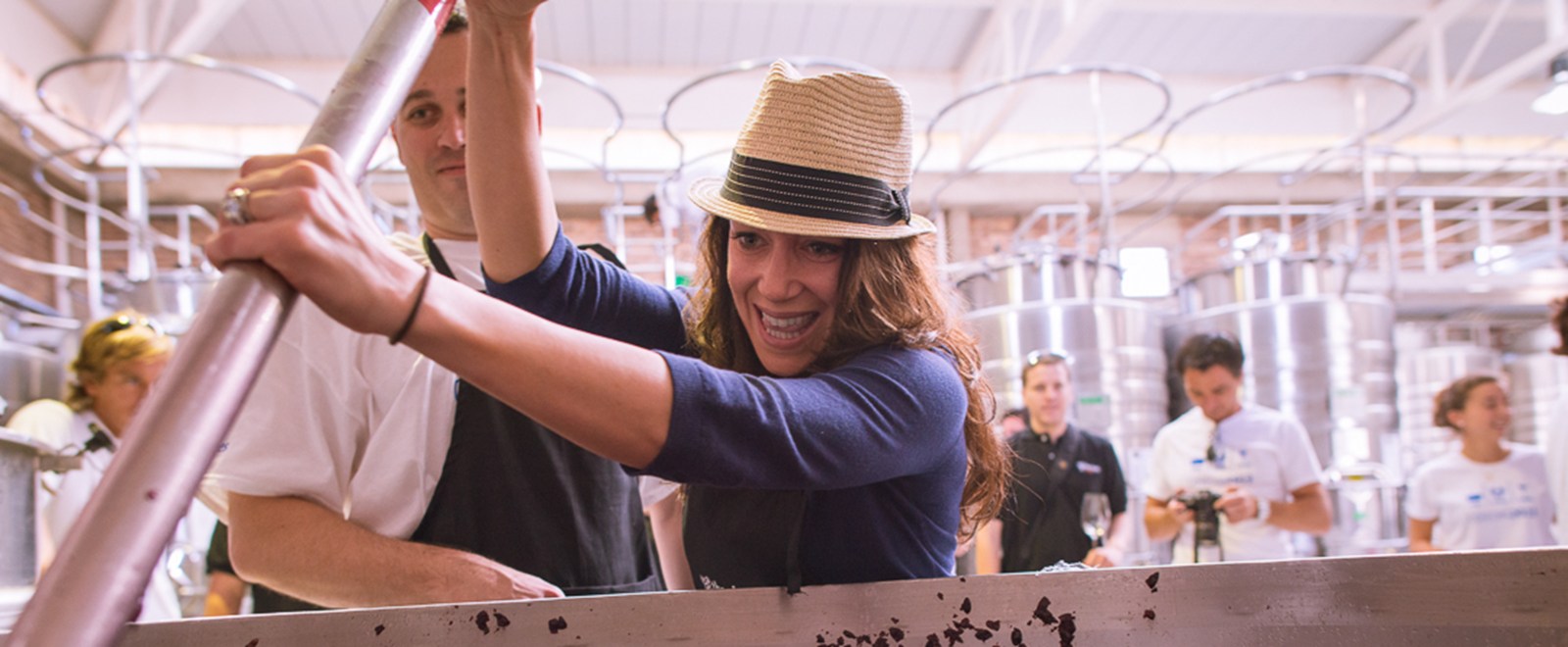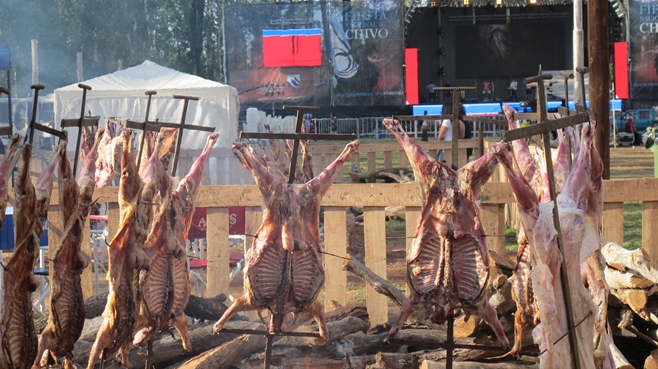Winter Time!!! As much as we refuse to accept it, winter has arrived in Mendoza. And Mendocinos, I guess, like to complain about the cold weather, especially because everything slows down more than usual. It seems like time stops, people don’t go out as much and instead stay at home. But the truth is that we have a very short winter, and luckily Mendoza is the land of the sun, with an average of 320 sunny days a year.
So stop complaining and let’s start enjoying this season that provides the perfect excuse to eat, drink and gorge ourselves with those delightful dishes we have inherited from our Spanish ancestors. We can´t talk about the gastronomy of Mendoza without first taking a quick glance at its history.
The culinary identity and tradition of every city is related to the character and nature of the people that live in it. Mendoza is one of the oldest cities of Argentina. Colonizers came first from Spain, and in the late 1800s there was a big Italian immigration. People settled here and with them they brought all their tradition, from vines and olive trees, to orchards, and more importantly, their culinary tradition, which was a way of preserving their identity. The Mendocinos never questioned what they were eating, they just did. Luckily, there has been a global twist in gastronomy and, nowadays, people of all ages are starting to enjoy food and demanding better quality and service. New chefs have arrived and cooking institutes appeared bringing with them a new “way” of cooking and reviving old traditional recipes from Mendoza. The process started by appreciating our local produce and applying new techniques. The result was a number of different fusion dishes like baby goat ravioli, “morcilla” empanadas (blood sausage), etc.
Now, let’s go back to tradition and begin with the star of the south of Mendoza. “EL CHIVITO,” or baby goat, is the king of the province. There is even a “GOAT FESTIVAL” every year where they cook over 1000 chivitos “a la llama” (cooked over wood flames). Last year, the festival entered the Guinness book with a record of 1,011 chivitos. This meat stands out for its gamey herbal flavour and there are many ways of cooking it: stewed, grilled, roasted, flamed. Francis Mallman´s 1884 restaurant at Escorihuela Winery offers a great version of it. It is even better if you pair it with a robust Malbec from the region, or a sophisticated blend. To follow, there is also the excellent quality of goat cheeses from the area and almost every decent restaurant serves them. It is a great companion for salad or roasted veggies. This time of the year, goat cheese is exceptionally good if served with a roasted squash salad, quiche or simply on a toast with olive oil. Better if paired with an oak-less red.
If you are more courageous and want to try it as a dessert, try it paired with the typical preserves form the area like figs in syrup or alcayota (spaghetti squash in syrup). Please drink a big structured chardonnay with this dessert. Tomaticán, is a starter or side dish made with those emblematic sweet and aromatic tomatoes from Mendoza, spring onions and topped with a poached egg. A fresh traditional family dish, if you see it on a menu do not hesitate, try this one with a fresh fruity white wine like a Viognier, or Pinot Gris. Humita en chala, or tamales, probably inherited from our neighbours from the other side of the wall, i.e., Chileans, are a nice option as a starter if you are vegetarian.
The perfect starters, the ambassadors of Mendoza, are our empanadas. Recognized, flattered and vain, you can find them almost everywhere, and with some variations. The best ones are the homemade empanadas you find in the country side. Some chefs in town have done a great job finding old recipes from their mothers and grandmothers and have achieved some good and honourable examples for restaurant patrons. Empanadas are a perfect pairing for local reds, and, as strange as it may sound, they make a good pairing for the blooming Torrontés. To finish, try “tabletón Mendocino,” a pastry filled with dulce de leche. Or, if you are lucky and find a menu that has Ambrosía or Huevos Quimbo, do not be afraid of the calories and pair it with a late harvest white wine. Mendoza and Mendocinos are changing, and more importantly learning and trying new things. Hopefully, they will stay on this train.

